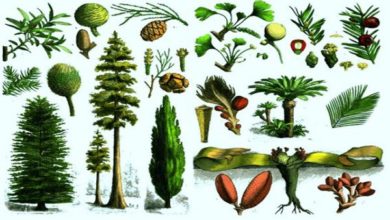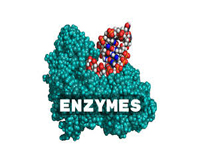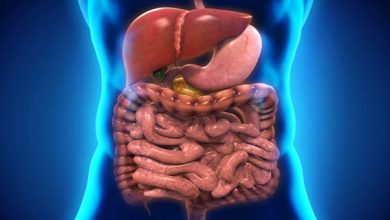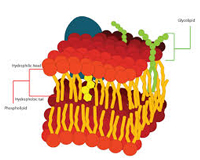Difference between Cell Wall and Cell Membrane
the main difference between cell wall and cell membrane is that cell wall present only in plant cells and composed of cellulose which provides structural strength to the plant cell while cell membrane present in all types of cells. the function of the cell membrane is to protect protoplasm. it is a semi-permeable membrane.
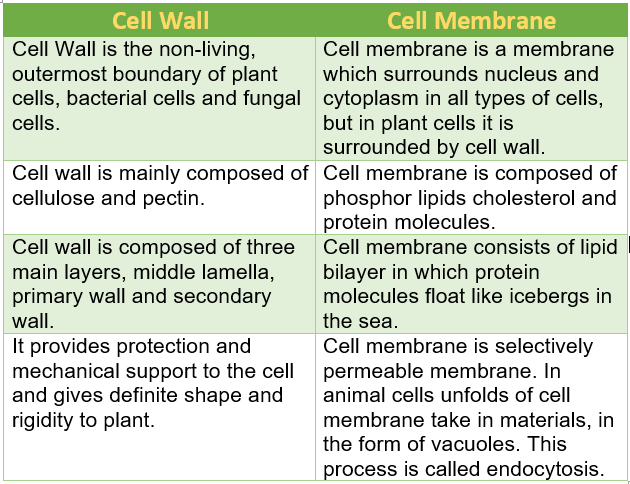
Cell Wall Vs. Cell Membrane
Cell Wall:
the cell wall only presents in plants, bacteria, and fungi which covers the outermost area of the plant cell. it is  located outside the cell membrane hard, rigid in its texture, and flexible in structure. it is composed of long fibers of carbohydrates and cellulose which also includes pectin, lignin, and hemicellulose.
located outside the cell membrane hard, rigid in its texture, and flexible in structure. it is composed of long fibers of carbohydrates and cellulose which also includes pectin, lignin, and hemicellulose.
there are several functions of cell wall such as:
- to determine the growth, development, and morphology of plant cells.
- it protects the cell and protoplasm from the invasion by viral, fungal, and bacterial pathogens and physical damages.
- the cell wall controls the direction of cell growth and also regulates it.
- it is a storage unit that stores carbohydrates that use for the growth of plants especially seeds.
- withstand the turgor pressure develops under the cell wall due to high osmotic pressure.
- they are very rigid in a structure that helps plants against gravitational forces.
- helps to transport different materials inside and outside of the cell.
- freely allows small molecules to enter through.
Cell Membrane:
cell membrane or plasma membrane (Phospholipid bilayer) is a biological membrane and covers the outermost of 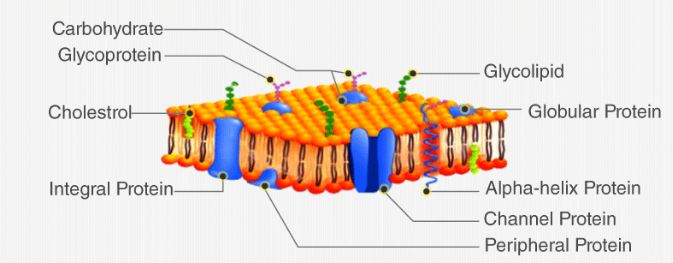 animal cells. it is a semi-permeable membrane made with proteins and lipids heads face the watery outside and inside of the plant cell. it separates the interior of all cells from the outside environment and also provides protection to cells from the environment.
animal cells. it is a semi-permeable membrane made with proteins and lipids heads face the watery outside and inside of the plant cell. it separates the interior of all cells from the outside environment and also provides protection to cells from the environment.
like cell wall, there are several functions of cell membrane such as:
- it protects the upstandingness of the plant cell.
- cell membrane act like a selectively permeable membrane which only allows entering selective products that benefit cell.
- It is a site of various chemical reactions.
- provides full support to protect and maintain the shape of the cell.
- the cell membrane allows mobility in some organisms.
- Helps to regulate and growth of the cell by a proper and balanced balance of endocytosis and exocytosis.
- Plays a very important role in signaling and communication.
- provides recognition of other external substances
| Cell Wall | Cell Membrane |
| Cell Wall is the non-living, outermost boundary of plant cells, bacterial cells, and fungal cells. | The cell membrane is a membrane that surrounds the nucleus and cytoplasm in all types of cells, but in plant cells, it is surrounded by a cell wall. |
| The cell wall is mainly composed of cellulose and pectin. | The cell membrane is composed of phosphor lipids cholesterol and protein molecules. |
| The cell wall is composed of three main layers, middle lamella, primary wall, and secondary wall. | The cell membrane consists of the lipid bilayer in which protein molecules float like icebergs in the sea. |
| It provides protection and mechanical support to the cell and gives definite shape and rigidity to plant. | The cell membrane is a selectively permeable membrane. In animal cells unfolds of cell membrane take in materials, in the form of vacuoles. This process is called endocytosis. |
| Cell Wall is the non-living, outermost boundary of plant cells, bacterial cells, and fungal cells. | The cell membrane is a membrane that surrounds the nucleus and cytoplasm in all types of cells, but in plant cells, it is surrounded by a cell wall. |
| The cell wall is found in only a few plants, bacteria and fungi | Cell membranes are found in all kinds of cells such as animals, humans, bacteria, and plants. |
| The cell wall is 0.1 μm to several μm long or wide and thick. | The cell membrane is 7.5–10 nm in thickness. |
| inactive as metabolically | active as metabolically |
| it has a lack of receptors. | receptors to receive signals and communication from external chemicals |
You May Also Like:
